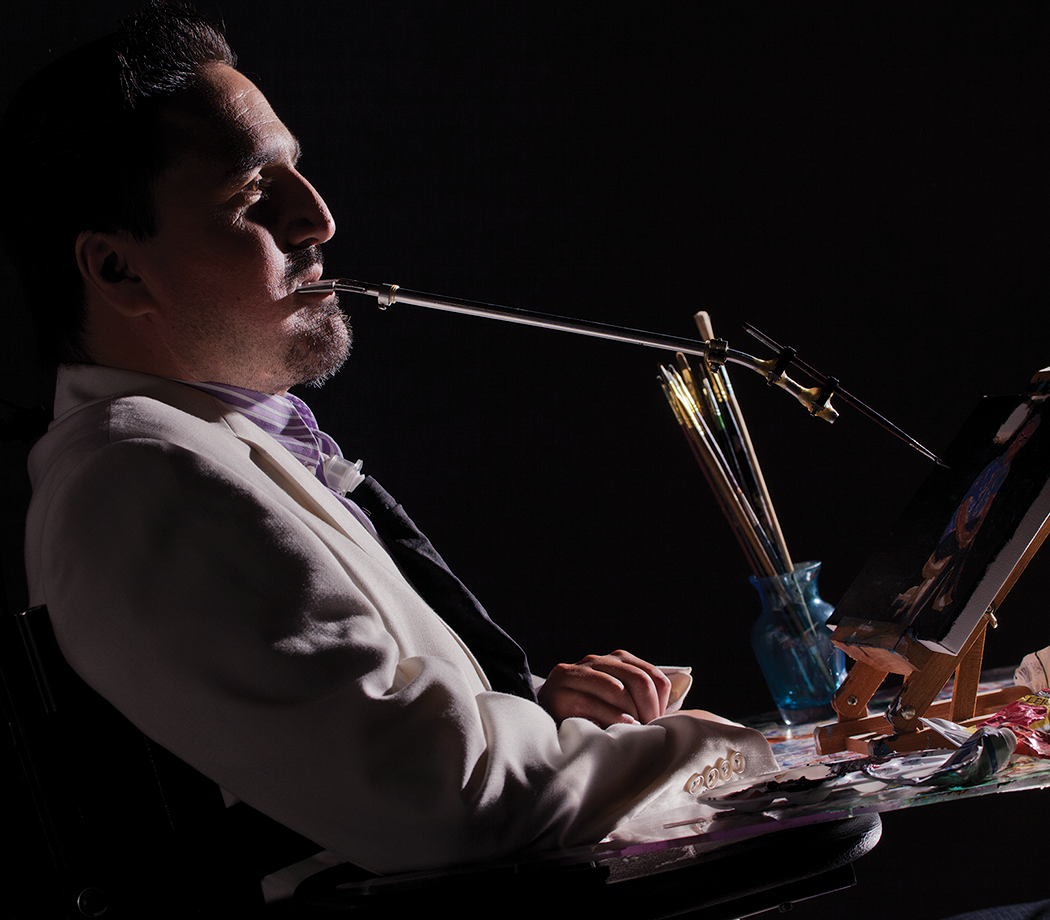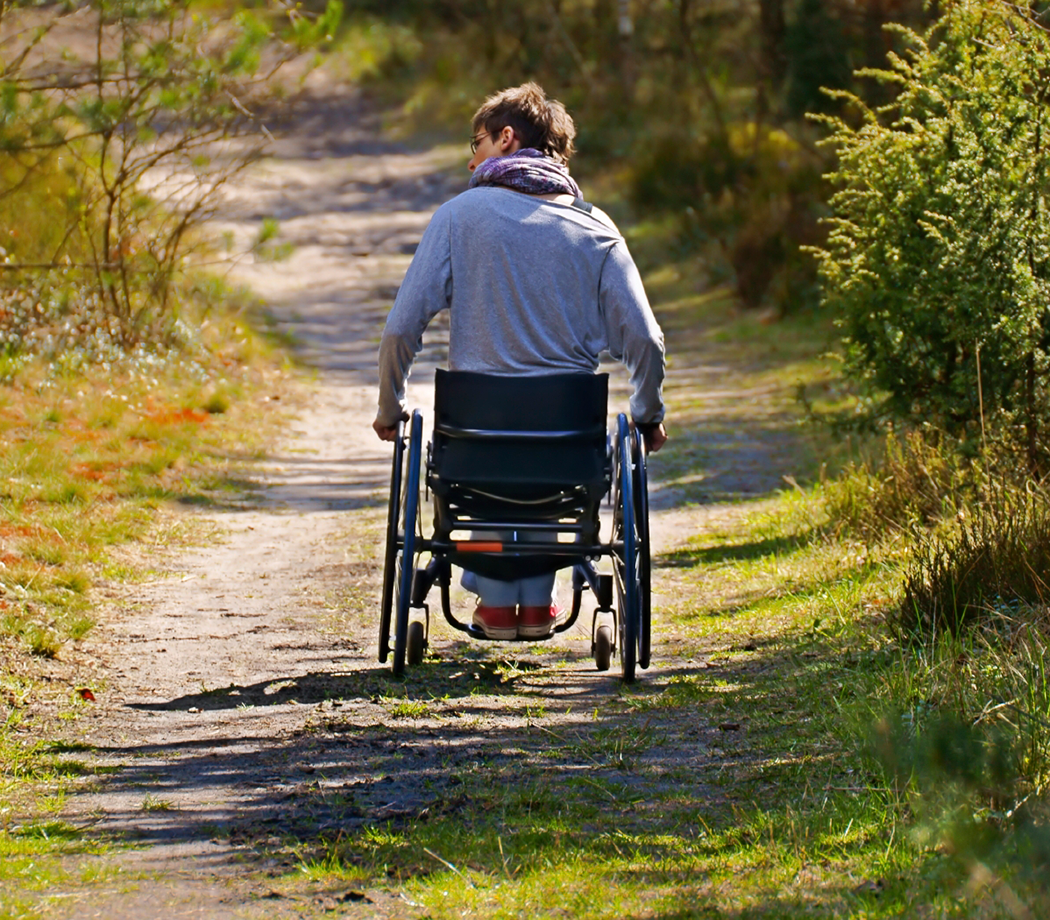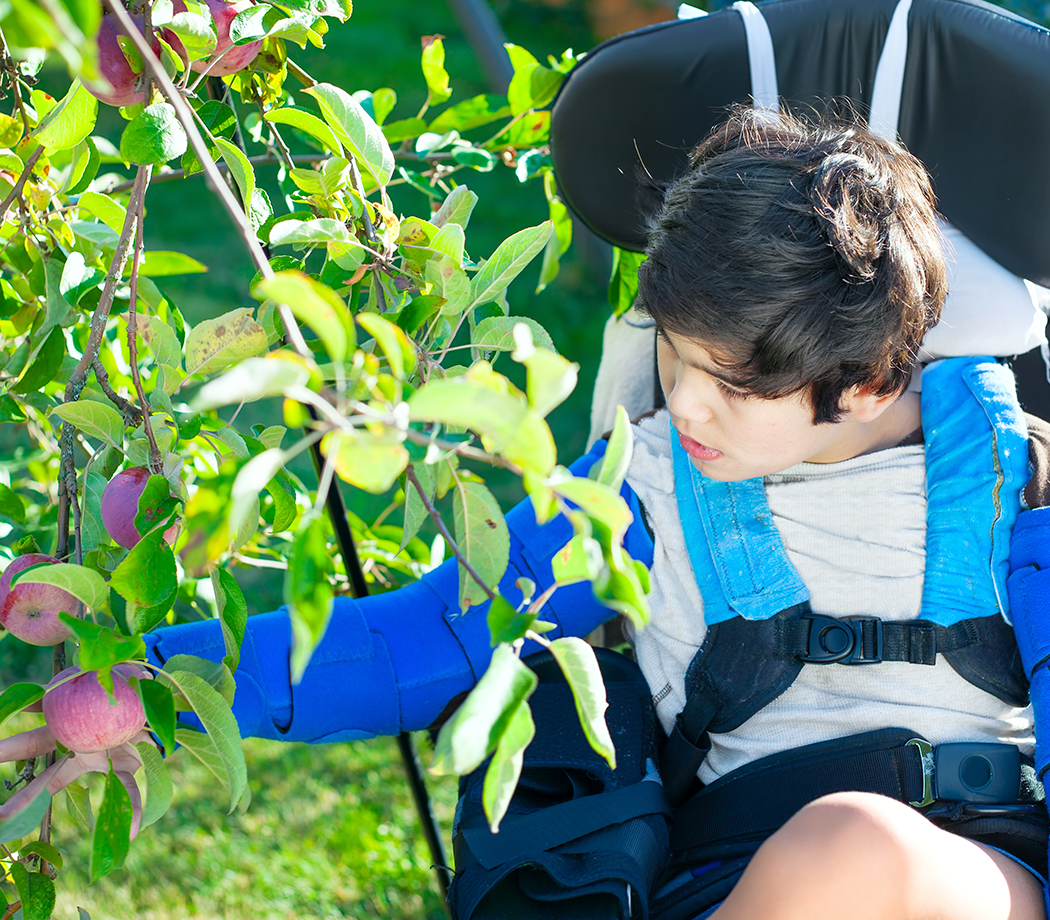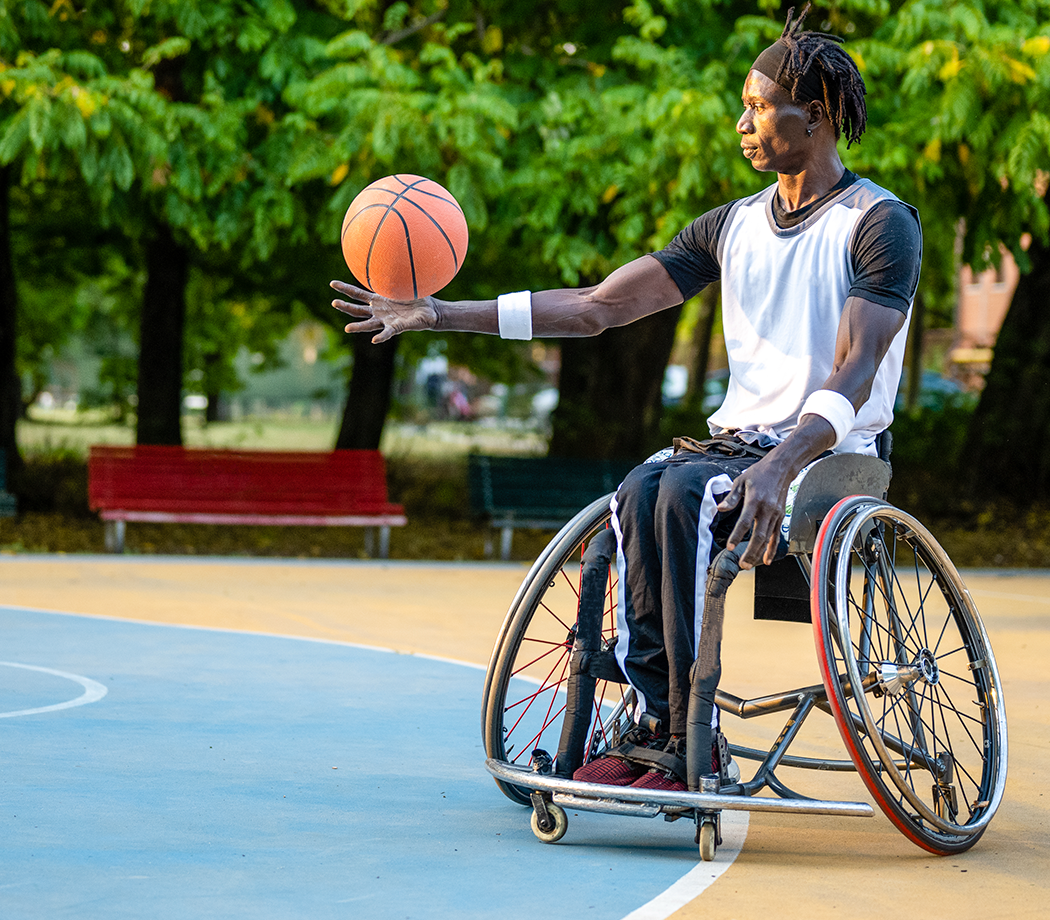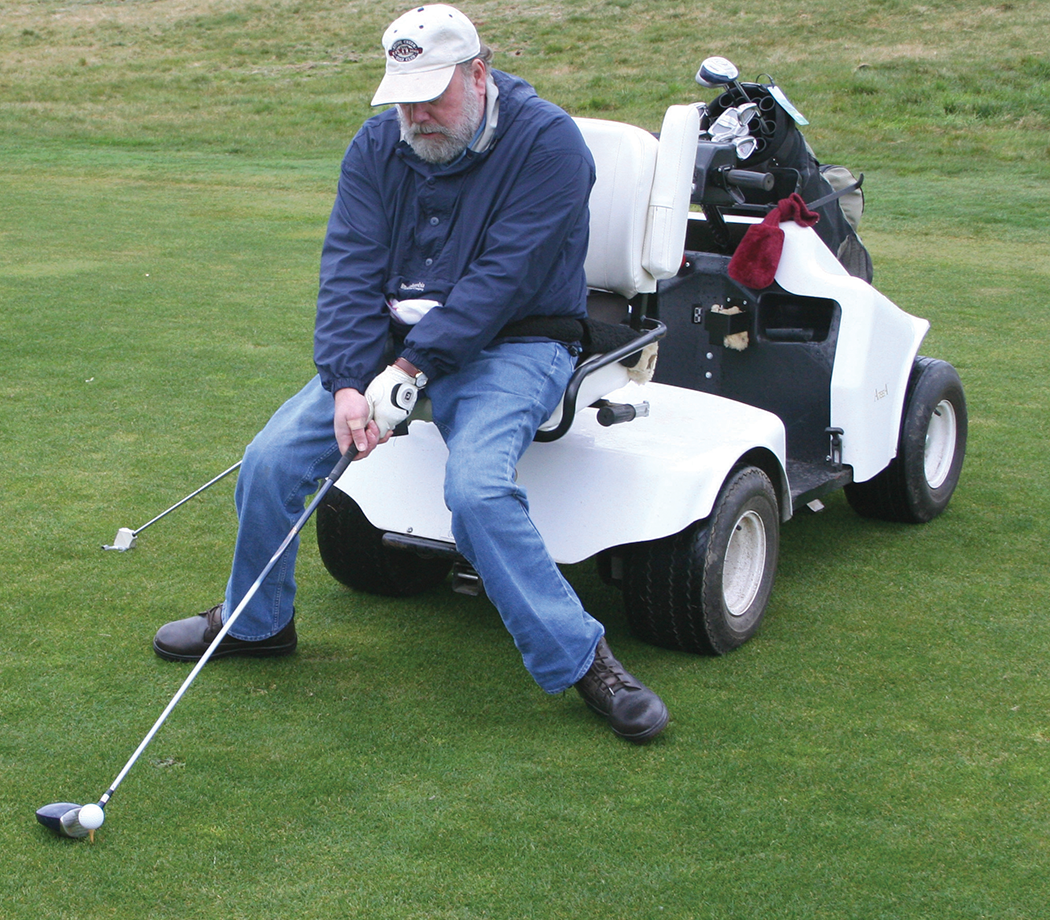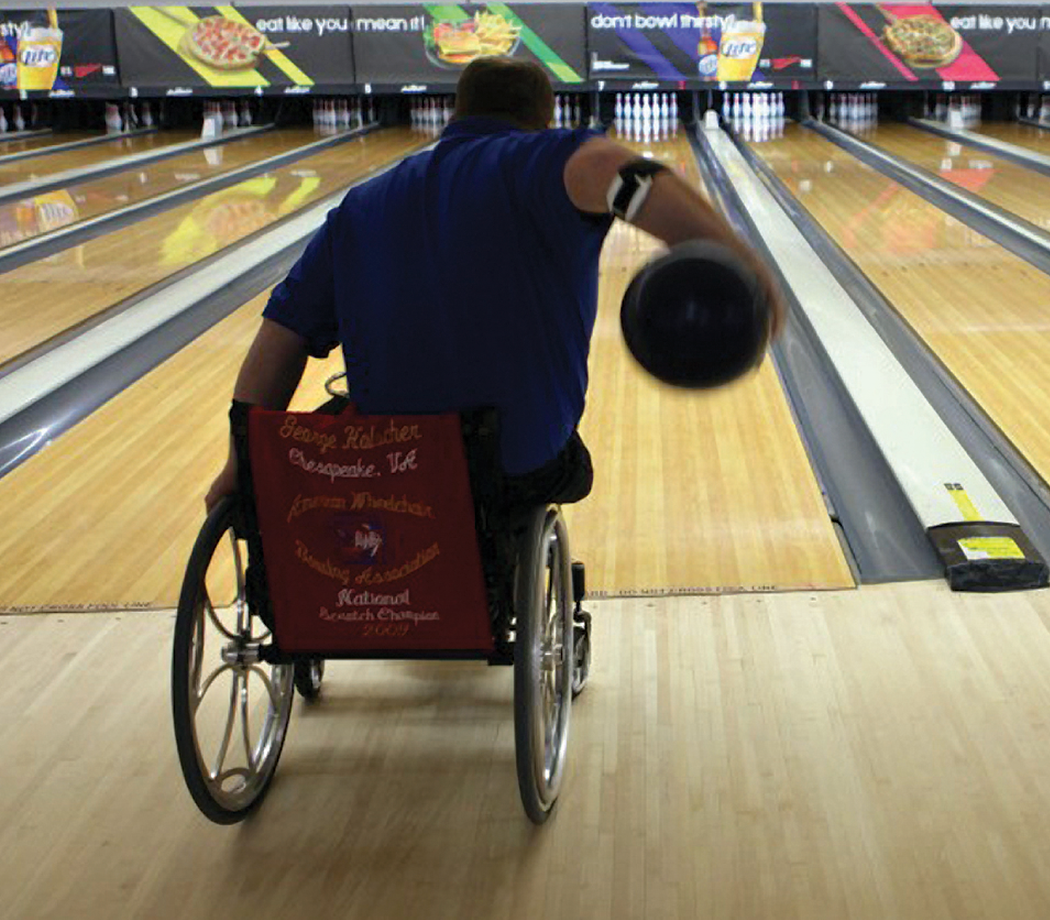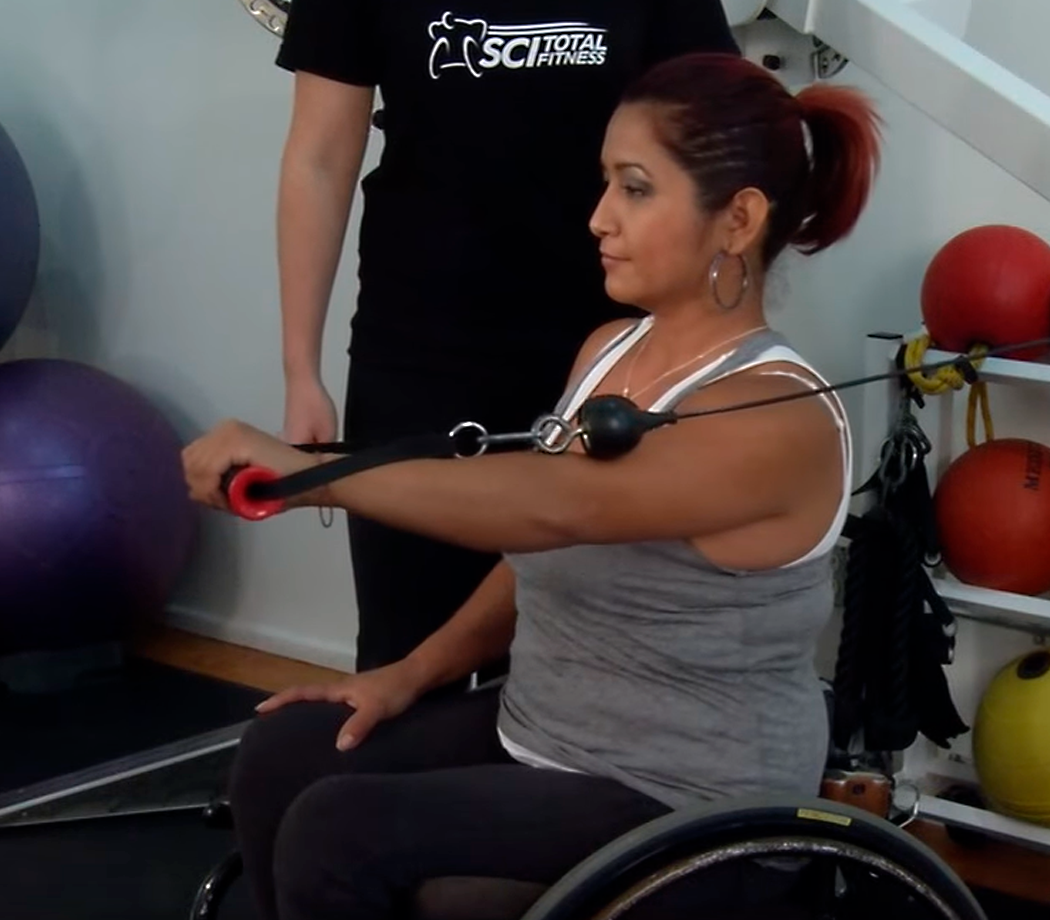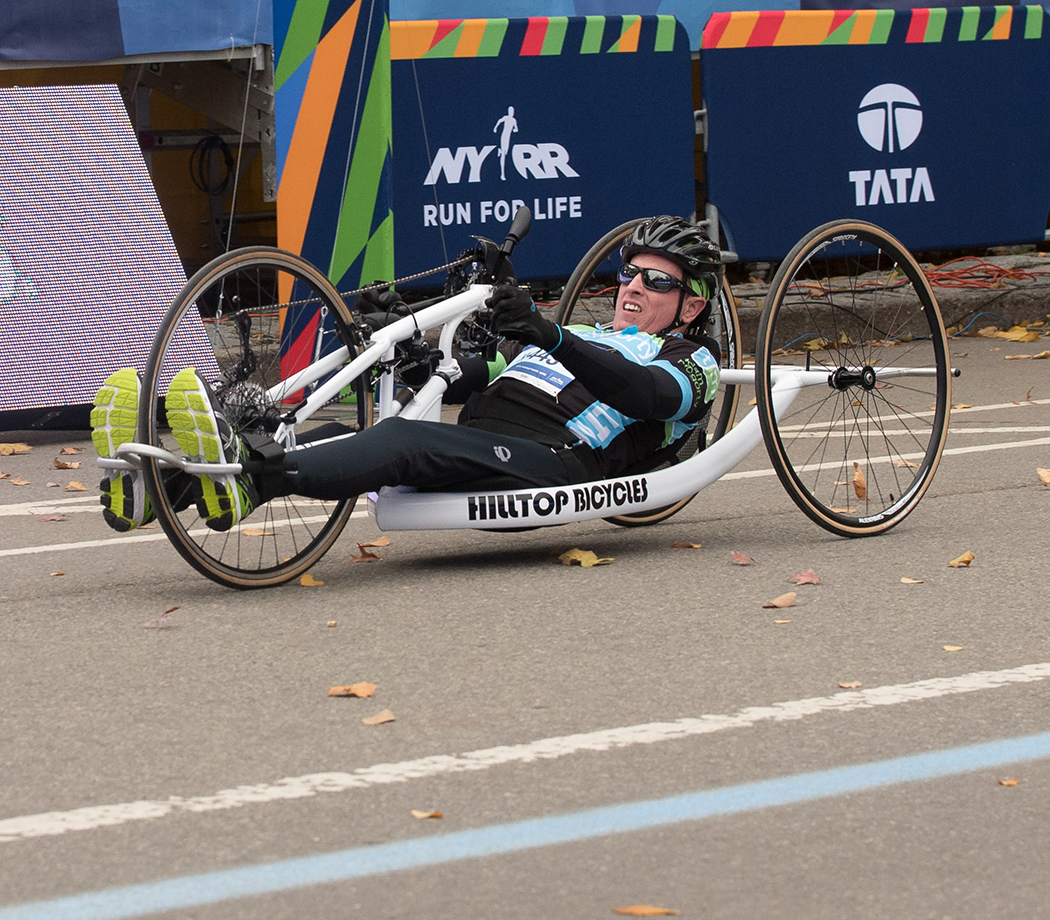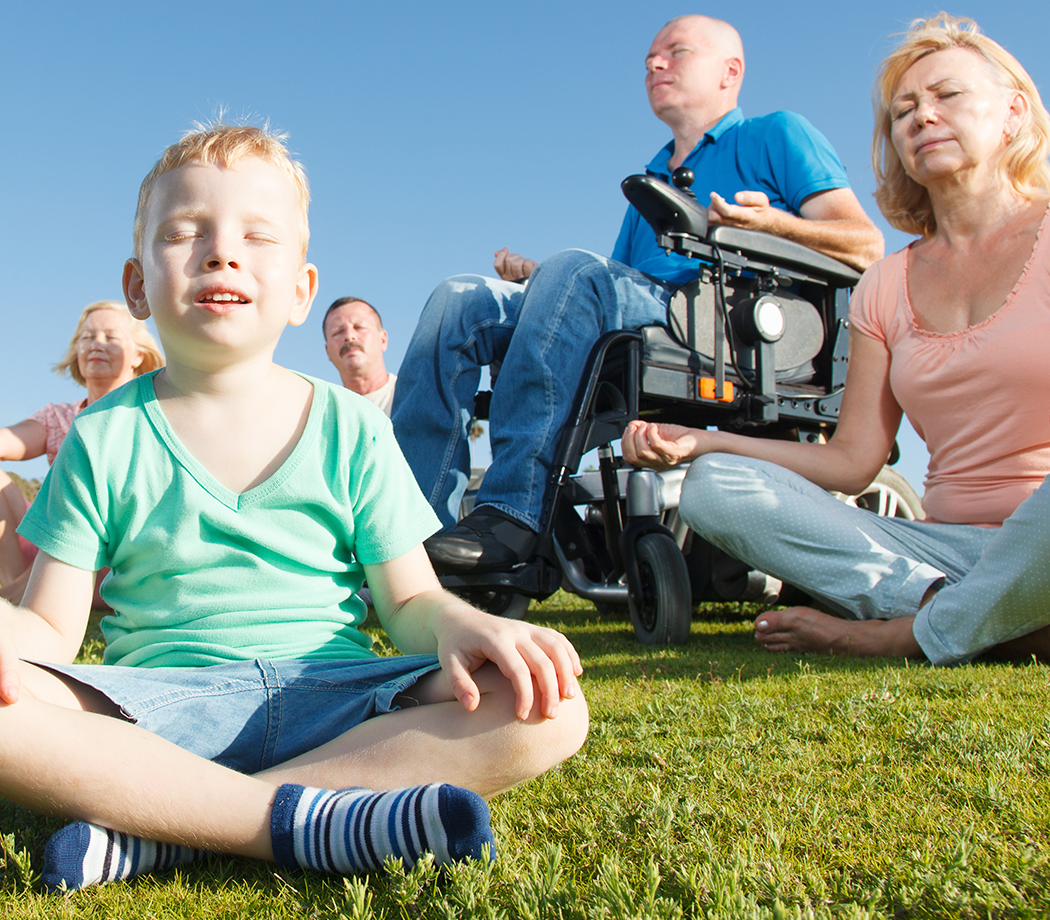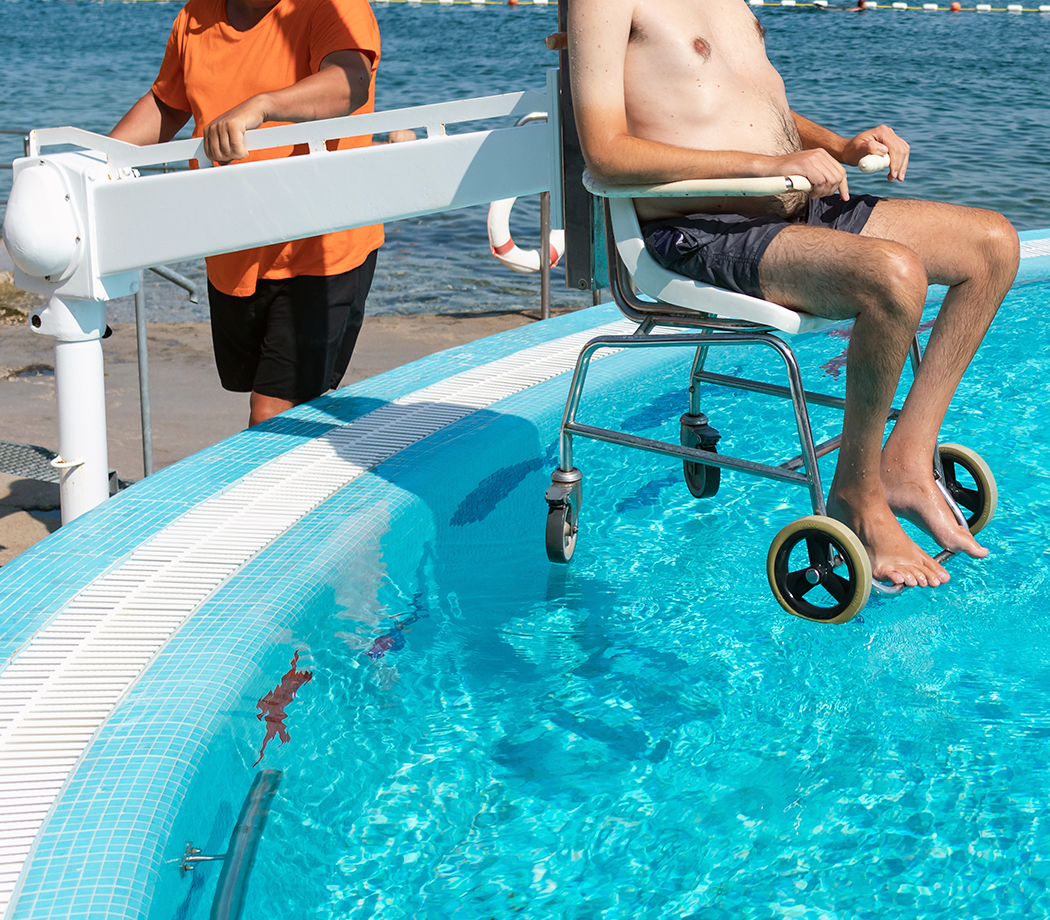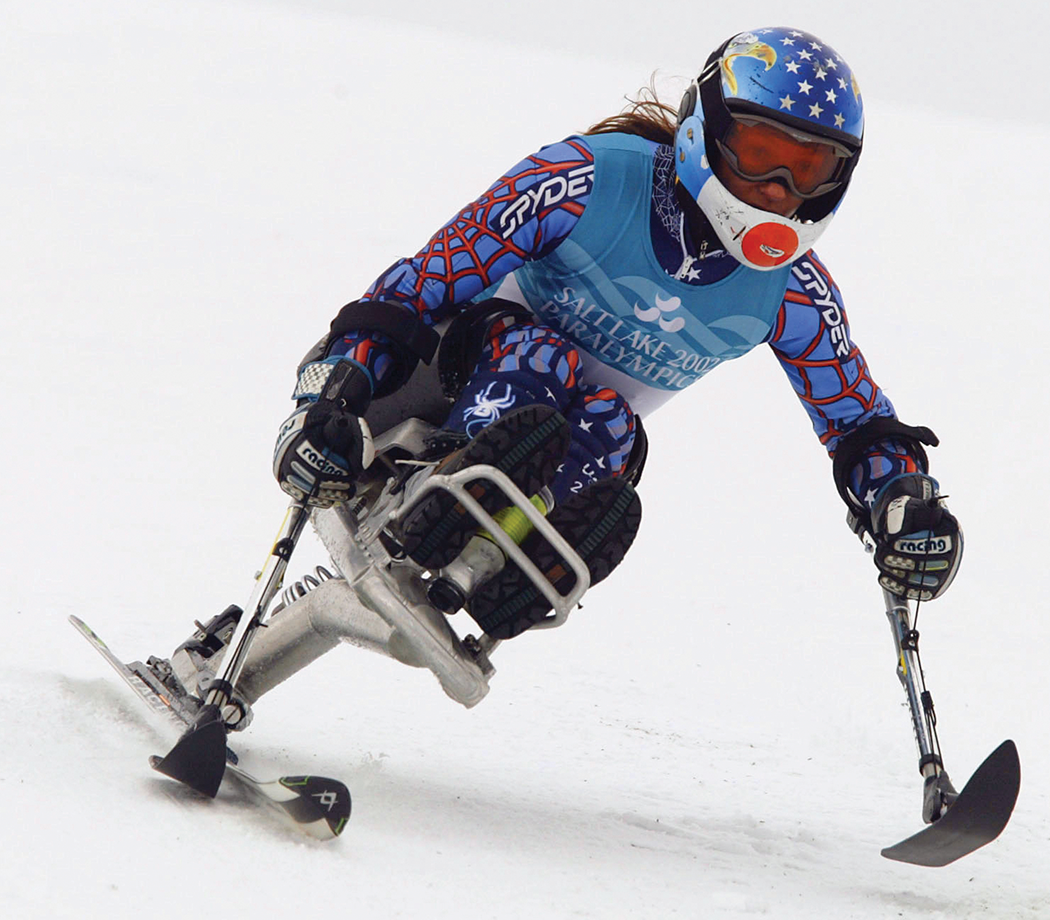Video series: Paralysis and Swimming
Individuals living with paralysis are limited as to the different ways in which we can get a real effective cardio or aerobic workout; you should consider swimming as one of those ways to get your heart pumping. It can be scary at first, but with a few simple tips from motivational speaker Scott Chesney you’ll see in this video series, it will become very enjoyable.
What to Wear
Swim shoes, extra padding on the foot plate, and drying yourself off.
Learn to Float
Swimming can be very enjoyable and also very fearful to people – especially people with paralysis who believe that because they can’t move parts of their body, they will be limited in the water. Quite the contrary. Our bodies naturally want to float and the more relaxed we are, the more they will simply want to float to the top. It’s when we get scared and tighten up our bodies that we sink.
Using a Chair Lift
Some chair lifts you operate, while others require an assistant. Once you are in the chair, it really is quite easy. You are lowered into the water and then you swim away from the lift or are moved away from the lift.
Using a Pool Chair
The first option we talked about for transferring into a swimming pool is a chair lift. The second option is a pool chair. Many Community Pools are equipped with lifts or pool chairs. If they are not, be sure to be an advocate and bring both options to their attention. Watch how to get in the pool safely using the chair.
Getting in the Pool Yourself
We’ve covered the two most common ways to enter the pool – with a chair lift or by way of a pool chair. Technically there are two more options. The first one is being carried into the pool, which can be done the same way that you may be carried anywhere else. The last option is to transfer into the pool yourself.


